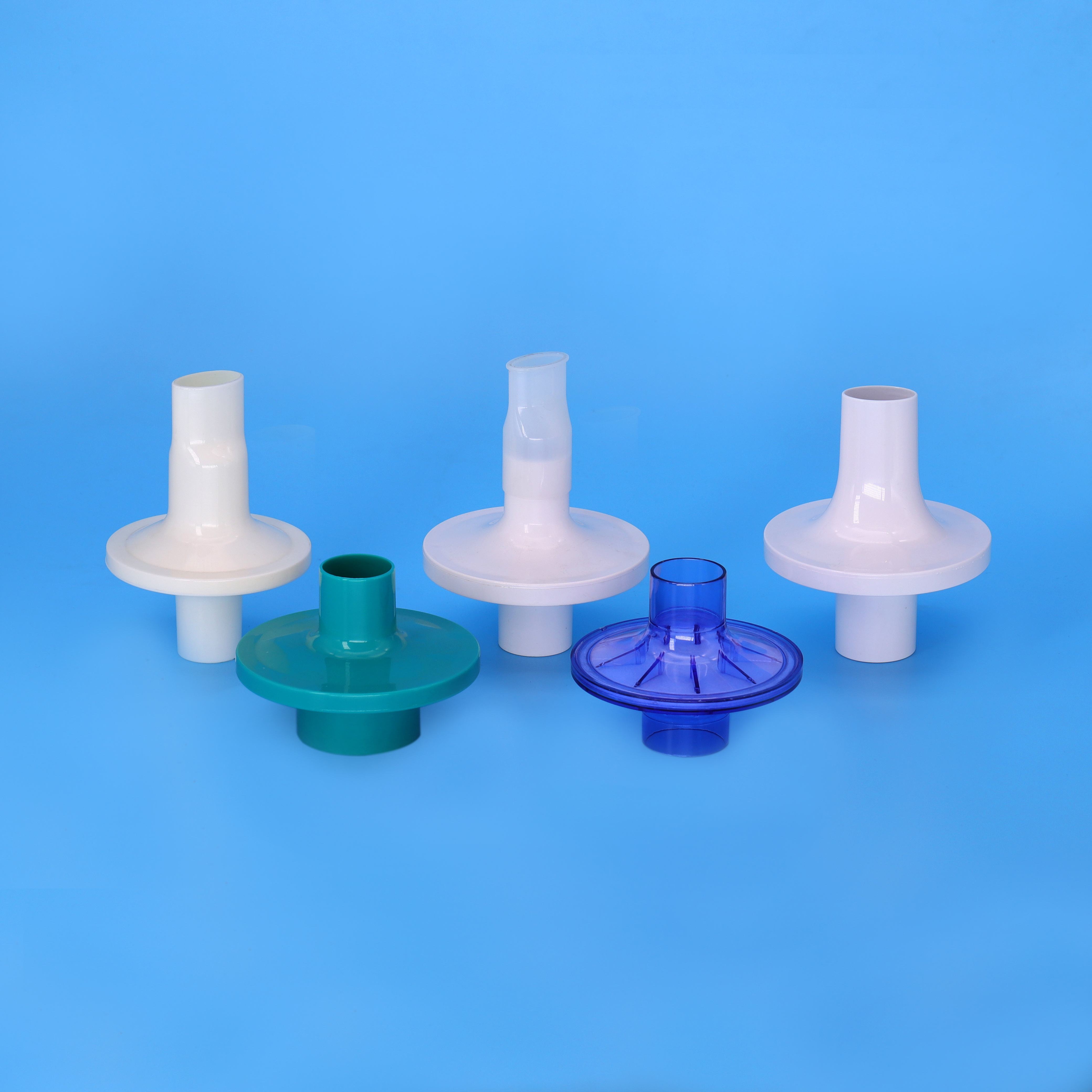-



Oxygen Concentrator Application in Respiratory Disorders
Views: 450 Author: Site Editor Publish Time: 2024-07-09 Origin: Site

Oxygen therapy has become a cornerstone in the management of various respiratory disorders, offering a breath of fresh air to those struggling with lung conditions. With the advent of oxygen concentrators, accessing oxygen therapy has become more convenient and efficient, marking a significant leap in home healthcare and clinical treatments. This article delves into the transformative role of oxygen concentrators in delivering oxygen therapy, highlighting their impact on improving patient outcomes and enhancing the quality of life for individuals with respiratory disorders.
The Fundamentals of Oxygen Therapy
Oxygen therapy is a critical treatment modality for patients suffering from chronic respiratory conditions where oxygen levels in the blood are dangerously low. By delivering oxygen directly to the patient, this therapy helps maintain adequate oxygen saturation, alleviating symptoms of breathlessness and fatigue. Oxygen concentrators have revolutionized oxygen therapy, providing a reliable and convenient source of oxygen without the need for bulky tanks or frequent refills.
Understanding How Oxygen Concentrators Work
Oxygen concentrators operate by drawing in room air, removing nitrogen to isolate oxygen, and then delivering this purified air to the patient at therapeutic doses. This continuous cycle ensures a steady supply of oxygen, making it an indispensable tool for long-term oxygen therapy.
Benefits of Oxygen Concentrators over Traditional Oxygen Tanks
Compared to traditional oxygen tanks, oxygen concentrators offer numerous advantages, including reduced risk of leakage, no need for refills, and portability. These features not only improve patient safety but also enhance mobility and independence, crucial factors in the long-term management of respiratory disorders.
Impact of Oxygen Concentrators on Managing Respiratory Disorders
Oxygen concentrators have significantly impacted the management of various respiratory conditions such as Chronic Obstructive Pulmonary Disease (COPD), pulmonary fibrosis, and cystic fibrosis. By ensuring a consistent supply of oxygen, these devices have been instrumental in preventing hospital readmissions, managing symptoms, and improving overall quality of life.
Enhancing Quality of Life for Patients with COPD
For patients with COPD, oxygen concentrators can transform daily life. By mitigating symptoms such as shortness of breath and fatigue, patients can engage more fully in everyday activities and exercise, which are vital components of COPD management.
Supporting Pulmonary Rehabilitation
Oxygen therapy via concentrators plays a pivotal role in pulmonary rehabilitation programs. Supplemental oxygen during exercise sessions improves endurance and performance, enabling patients to participate more effectively in their rehabilitation.
Choosing the Right Oxygen Concentrator
Selecting an appropriate oxygen concentrator involves considering several factors, including the patient's oxygen needs, lifestyle, and mobility. With options ranging from stationary to portable models, patients can find a device that best fits their requirements, ensuring they receive optimal benefits from their oxygen therapy.
Stationary vs. Portable Oxygen Concentrators
Stationary concentrators are suitable for patients requiring continuous oxygen therapy at home, while portable models cater to those who wish to maintain an active lifestyle. Understanding the distinctions between these types can guide patients in making informed decisions about their oxygen therapy equipment.
Key Features to Look for in an Oxygen Concentrator
When choosing an oxygen concentrator, important features to consider include battery life for portable models, flow rate settings, noise level, and ease of use. Prioritizing these aspects ensures that patients receive efficient and comfortable oxygen therapy tailored to their needs.
Conclusion
Oxygen therapy remains a vital intervention in managing respiratory disorders, significantly benefiting from the advancements in oxygen concentrator technology. As these devices evolve, they continue to offer hope and improved quality of life for individuals battling chronic lung conditions. By understanding the role and benefits of oxygen concentrators in delivering oxygen therapy, patients and healthcare providers can harness this technology to its full potential, paving the way for better respiratory health outcomes.
CONTACT US
NO.176, Gaoxin 5th Road, High-tech Industrial Park, Rizhao City276800, Shandong Province, China +86-13396234532 +86-13396234532Copyright © 2023 ZhenFu Group All Rights Reserved. Technology By leadong.com | Sitemap | Privacy Policy



















